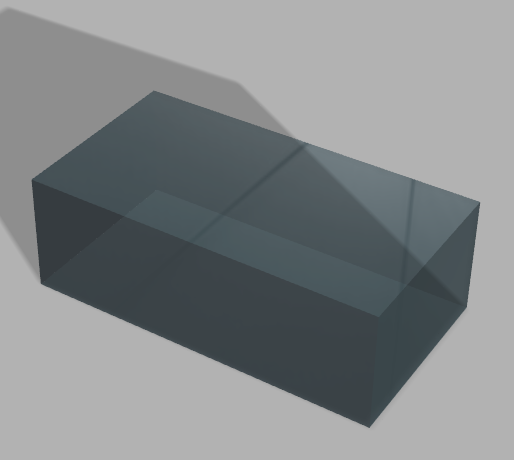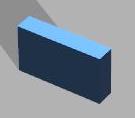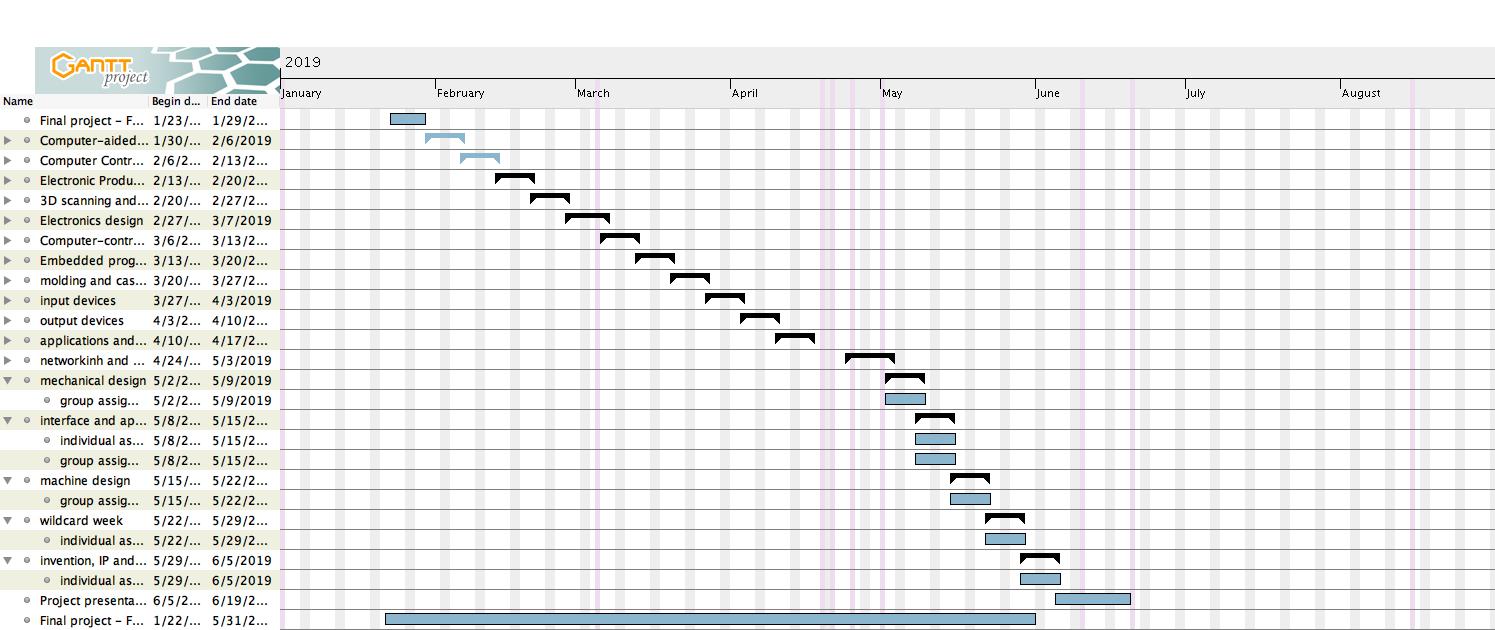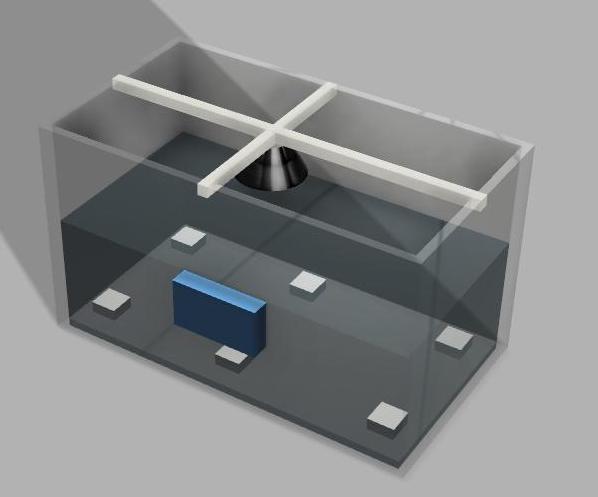Back to Mónica Pedro ←main page ←Final Project
Final Project
Fungarium
Fungarium is an aquarium for Fungi. A vivarium of any size having at least one transparent side in which fungi, lichens and bacteria are kept and displayed.
Research on the Fungi kingdom to identify ecosystem variables
- Fungi Kingdom is different from plants, bacteria due to its chitin in their cell walls.
- simillar to animals, Fungi aquire their food by absorving dissolved molecules, typically by secreting digestive enzimes into their environment.....
- Myclogy (the study of fungi), was regarded as a branch of botany, althou t is nown fungi are genetically more closely related to animals than to plants.
- Growth is their means of mibility
- Fungi are the principal decomposers in ecological systems
- Many species produce bioactive compounds called mycotoxins, such as alkaloids and polyketides, that are toxic to animals including humans.
- Some ungal species display bioluminescence, more than 70 species
- as with animals: require preformed organic compounds (chemical compund that contains carbon) as energy sources
- Morphology: most fungi grow as hyphae, which are cylindrival, thread-like structures 2-10um in diameter and up to several centimeters in length.
- Hyphae growth lead to the development of a mycelium - an interconnected network of hyphae.
- Fungal mycelia can become visible to naked eye...
- Mycelia grown on solid agar media in laboratory petri dishes are usually referred as colonies, which can exhibit growth shapes and collors that can be used in identification of species or groups.
- The growth of fungi as hyphae has several functions, including the development of fruit bodies for dissemination of sexual sores, and biofilms for substract colonization and intercellular communication.
- the growth can happen on a diverse range of substrates such as nitrate, ammonia, acetate, or ethanol.
- in some species the pigment melanin may play a role in extracting energy from ionizing radiation, such as gama radiation.
- Laetiporus sulphureus optimal conditions of mycelia growth: Potato dextrose agar and malt extract agar *** pH 6–8 and temperature 25–30°C,
- Hydnum Repandum optimal conditions of mycelia growth: pH 5.5 *** temperature 20 and 25ºC *** carbon sources: Glucose and mannitol *** media: Peat and peat: vermiculite mixtures
- Mycelium growth kinetics and optimal temperature: V. volvacea grew faster at 35 degrees C, P. eryngii at 25 degrees C, P. ostreatus and P. pulmonarius at 30 degrees C, A. aegerita at 25 or 30 degrees C and A. auricula-judae at 20 or 25 degrees C depending on the nutrient medium used and L. edodes at 20 or 30 degrees
- bioluminescenceTemperature and pH are the most important factors for both mycelial and bioluminescence, using medium: Agar ** 90% humidity at temperature 25ºC ** 1.0% sugar cane molasses ** 0.10% yeast extract ** pH 6.0
pH
with lime papper :
- if it turns pink - it's acid
- if it turns blue - it's alkaline
but pH meter measure the the concentration of hydrogen ions
"Acids and alkalis are simply chemicals that dissolve in water to form ions (atoms with too many or too few electrons)."
An acid dissolves in water to form positively charged hydrogen ions (H+)
An alkali (or base) dissolves in water to form negatively charged hiroxide ions (OH-).
An acidic solution has far more positively charged hydrogen ions in it than an alkaline, so it has a greater potential to produce an electric current in a certain situation - in other words, its like a battery that can produce a greater voltage.
A pH meter takes advantage of this and
works like a volmeter: it measures the voltage (electrical potential)
produced by the solution whose acidity we're interested in,
compares it with the voltage of a known solution,
and use the difference in voltage ("the potential difference") between them
to deduce the difference in pH.
more about how pH meter works on pHsensor_How it works? MyWiki
about pH and mushrooms
"Effect of different levels of lime and pH on mycelial growth and production efficiency of oyster mushroom (Pleurotus spp.)" by M. Wajid Khan @ all, Pak. J. Bot., 45(1): 297-302, 2013.
- 0% Lime (CaCO3) ~ pH 7.2
- 2% Lime (CaCO3) ~ pH 7.8
- 4% Lime (CaCO3) ~ pH 8.2
- 6% Lime (CaCO3) ~ pH 8.7
Mycelium of fungi (mushroom) obtain nutrients from substrate at specific level of pH (Sarker et al., 2007), Lime is used in cultivation of mushroom to enhance the pH of substrate. Rapid mycelial growth of mushroom (Pleurotus sajor- caju) takes place at pH 6.4-7.8 (Iqbal & Shah, 1989).
The substrate was prepared by soaking cotton wastes throughly in water, containing 2% 4% and 6% lime (CaCO3) and was allowed to ferment for 3 days under anaerobic conditions.
Cotton waste was filled in polypropylene bags (4x6”) after the adjustment of its moisture contents.
The substrate was pasteurized for one an hour by using drum system (on small scale cultivation of mushroom commonly used in Pakistan) and spawning of substrate was done @ 1% of substrate on wet weight basis. The temperature (20 to 30oC) and relative humidity (70-80%) was maintained in growth room till the harvesting of mushroom (Khan et al., 2009; Bano et al., 1979).
Some ilustrations
Fungarium
Gather information about:
- humidity
- temperature
- moisture
- pH
- CO2
- photos / color’s
Digitally Control:
- humidity
- light
- pH
- Air Flow
- Temperature
Box with substract


A set of Sensor's

- DHT11 Humidity & Temperature Sensor
- 3 to 5V power and I/O
- 2.5mA max current use during conversion (while requesting data)
- Good for 20-80% humidity readings with 5% accuracy
- Good for 0-50°C temperature readings ±2°C accuracy
- No more than 1 Hz sampling rate (once every second)
- Body size 15.5mm x 12mm x 5.5mm
- 4 pins with 0.1" spacing
- ____ pin 1 - VCC - red wire Connect to 3.3 - 5V power. Sometime 3.3V power isn't enough in which case try 5V power.
- ____ pin 2 - Data out - white or yellow wire
- ____ pin 3 - Not connected
- ____ pin 4 - Ground - black wire
- ____ ++++ Adafruit recomends to place a 10 Kohm resistor between VCC and the data pin, to act as a medium-strength pull-up on the data line.... Arduino has built in pullups we can turn on but they're verey weak, about 20-50K...
- ____ ++++ ++++ Adafruit adds that:
- Analog pH Sensor / Meter Pro Kit For Arduino
- Soild Moisture Sensor
- This sensor can be used to detect moisture of soil, or plant water level.
- Interface: Octupus Electronic Bricks
- Uses two probes to pass current through the soil, and then it reads that resistance to get the moisture level.
- ____ More water makes the soil conduct electricity more easily (less resistance), while dry soil conducts electricity poorly (more resistance).
- Specification:
- _____ Power Supply: 3.3v or 5v
- _____ Output Voltage signal: 0-4.2v
- _____ Current: 35mA
- NO DATASHEET .. not been hable to find it...
Computer Vision


Local Interaction

- wireless communication with Laptop /Smartphone
- connect other sensor's and actuators
- enter special information - local
Gant
 ←
←






 ←
←